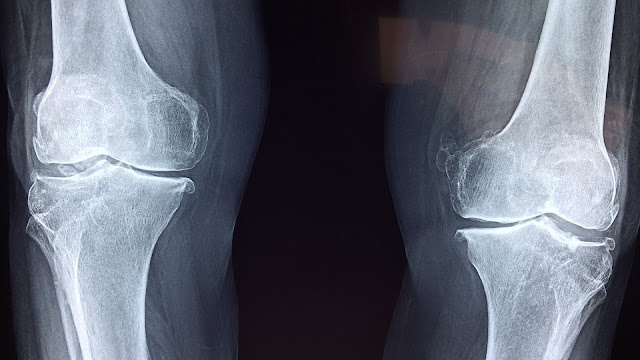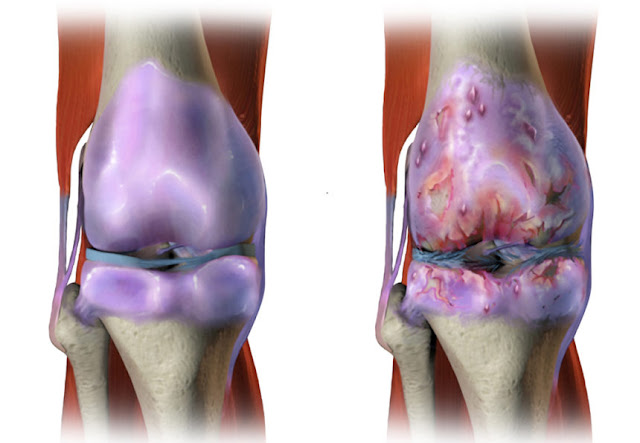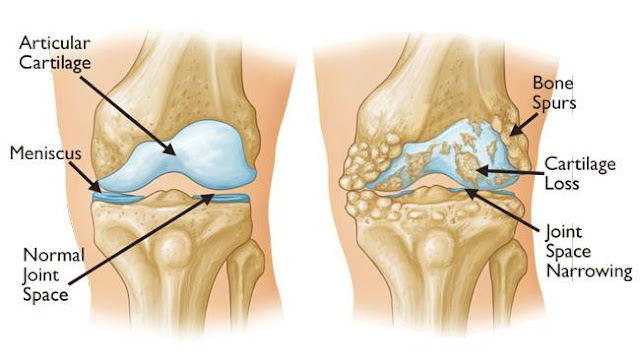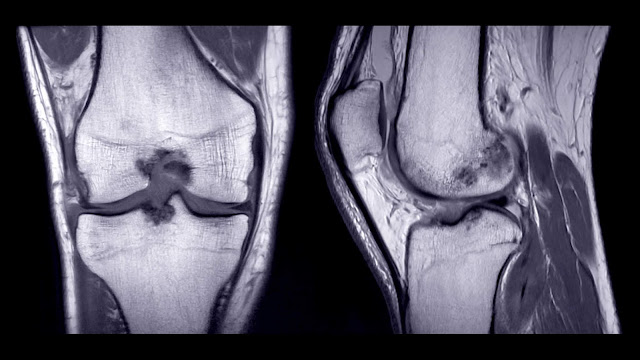Home
/
osteoarthritis
/
Causes and symptoms of osteoarthritis and methods of treatment | healthy care
Causes and symptoms of osteoarthritis and methods of treatment | healthy care
Causes and symptoms of osteoarthritis and methods of treatment
Degenerative arthritis
Also called "Osteoarthritis", it is the most common type of arthritis. This disease is associated with the disintegration of cartilage (cartilage) in the joints and may appear in almost any of the joints in the body. In most cases, this disease appears in weight-bearing joints in the pelvis, in the knees, and in the spine. The disease can also affect the fingers, including the thumb and toes, as well as the neck.
In general, this disease does not affect other joints, unless they have been subjected to previous injuries or great pressure. Cartilage is a stable and flexible material, covering the ends of the bones in normal joints. Its main function is to prevent friction in the joints and to act as a brake (insulator) for shocks. Healthy cartilage's ability to suppress shocks stems from its ability to change shape when pressed.
Osteoarthritis causes the cartilage in the joint to become rigid and lost its elasticity, and therefore more susceptible to infection. Over time, the cartilage erodes in certain places, and its ability to function as a shock suppressor is severely damaged. When the condition of the cartilage deteriorates, the tendons and ligaments increase, causing pain. The worse the condition, the greater the possibility of bone rubbing with one another.
Symptoms of arthrosis
The symptoms of osteoarthritis generally develop gradually and include
| --- | Allergies and aches in the joints, especially when moving.
| --- | Pain in the wake of excessive activation of the joint, or after a prolonged period of failure to move the joint.| --- | Osteomalacia swollen bones in the middle and edges of the joints of the fingers (with or without pain).
| --- | Joint swelling and fluid accumulation in the joints.
Causes and risk factors for osteoarthritis
Several factors increase the risk of osteoarthritis, including:
"DNA"
: Some people have a genetic defect in one of the genes responsible for cartilage production.
This defect leads to the production of defective cartilage, which, in turn, leads to a rapid deterioration of the joint position
Obesity: Obesity increases the risk of degenerative arthritis in the knees and pelvis. Maintaining a normal and healthy weight, or reducing excess weight, may help prevent degenerative arthritis in the knees and pelvis, or slow the progression of the disease if the infection has occurred.
| --- | Injuries: Injuries contribute to the arthrosis. For example, athletes with knee injuries are more likely than others to have a risk of degenerative arthritis in the knees. Besides, people who experience serious back injuries are more likely than others to develop a risk of degenerative spine arthritis. People who have broken bones close to a joint are more likely than others to have a risk of degenerative arthritis in that joint.
| --- | Excessive use of joints: Excessive use of some joints increases the risk of degenerative arthritis in these joints. For example, people who work in occupations that require continuous, or repeated, folding of the knees are more likely than others to be at risk of developing degenerative arthritis in the knees.
"Diagnosis of arthrosis"
The diagnosis of arthrosis depends on the combination of the following factors:| --- | The patient describes the symptoms and signs he or she observes and feels.
| --- | The location and nature of the pain.
| --- | Certain results are obtained from a physical examination when needed.
Sometimes the doctor uses radiography to confirm the diagnosis and to make sure that the examined person does not have another type of arthritis. Radiographic examination shows the extent of injury to the joint. Sometimes, a blood test is done, to determine whether the examiner has other types of arthritis.
In the event of fluid accumulation in the joints, the doctor will aspirate a portion of the fluid (this process is called: aspiration of the joints, that is, the suction of the fluid from the joint) to perform an examination under a microscope, to deny the presence of other diseases.
Treatment of arthrosis
Osteoarthritis is generally treated with Physiotherapy, with exercises to strengthen the muscles, with medications taken orally, hot and cold compresses on the painful joint, injection of drugs into the joint, the use of supportive devices such as crutches or walking sticks. And maintain weight. If none of these treatments succeed in relieving pain, surgery may help.
The method of treatment chosen depends on several factors, including the age of the treating person, his activities and profession, his general health condition, his medical past, the location of the disease and the severity of the condition





















No comments